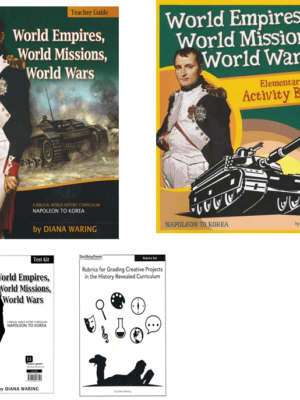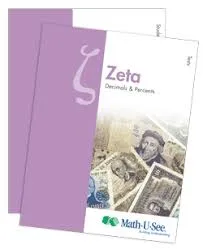In 1347, a merchant ship traveling from Crimea in central Asia docked at Messina in Sicily with a crew of desperately sick sailors. As they were taken ashore, rats also left the vessel, carrying with them fleas infected with the bacterium for bubonic plague. The Black Death had arrived in Europe.
The plague in its several forms would eventually kill up to half the population of Europe, initiating a catastrophic economic depression, peasant revolts, and fierce power struggles among the nobility.
Yet from this near total disaster, a new spirit arose. The exhaustion of medieval society inspired intellectuals in northern Italy to make a new start€to create a new society through a search for revival and rebirth that would come to be called the Renaissance. And this radical break with the past was just the beginning.
In this course, you will explore the political, social, cultural, and economic revolutions that transformed Europe between the arrival of the Black Death in the 14th century and the onset of the Age of Enlightenment in the 18th century………
Dr. Fix does much more than recount the events of this intriguing era; he consistently puts things into a wider context, discussing the causes, implications, and ultimate effects of the unfolding drama that is taking place on the European stage. For example:
The Renaissance: Why was the Renaissance born in northern Italy in the late 14th century and not, say, in France in the 15th century, or Britain in the 16th century? Professor Fix examines the social and political factors that explain the time and place of this extraordinary explosion of creative energy.
The Protestant Reformation: One of the key trends that prepared the way for the Protestant Reformation in the 16th century was the growth of popular piety. Unsanctioned by the church, this movement had its roots in the preoccupation of the medieval papacy with power politics, which hindered clergy from focusing on the spiritual needs of the people. Martin Luther himself was affected by this need, and his own solution showed the way for millions of others.
The Thirty Years War: Fought from 1618 to 1648, this disastrous conflict had complex causes and far-reaching consequences. It not only pitted Catholics against Protestants, it was a civil war between the emperor and German nobles, and also an international struggle to appropriate German lands. Germany would not recover as a nation until the arrival of Otto von Bismarck, 200 years later.
The Dutch Miracle: Why was the Dutch Republic the most successful commercial nation in 17th-century Europe? “It’s almost a miracle how this little country turns out to be such an economic powerhouse,” observes Professor Fix, who proposes an explanation based on a clever Dutch innovation in ship design.
Course Guidebook and 7 DVDs
$300.00 Original price was: $300.00.$50.00Current price is: $50.00.
Out of stock




